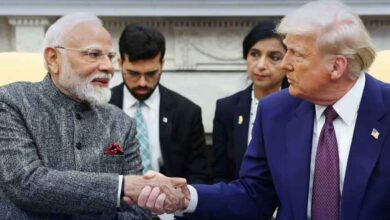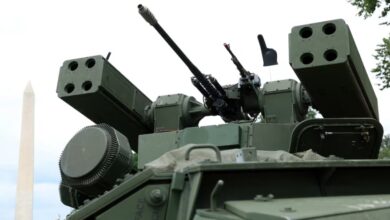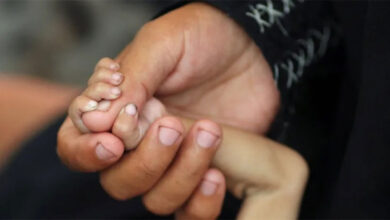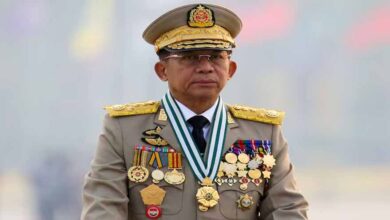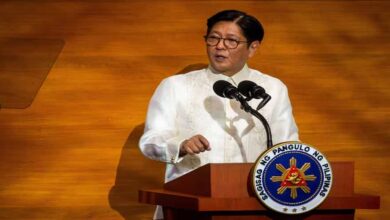In a major policy turn, Lebanon’s cabinet on Thursday approved the “objectives” of a US proposal aimed at bringing all weapons under state control — a move that includes the disarmament of Hezbollah by the end of the year.
Prime Minister Nawaf Salam confirmed the decision after the cabinet session, noting that ministers agreed on the principle of ensuring that arms are only held by the state. However, no final timeline was approved.
The US plan also calls for ending Israeli military operations on Lebanese soil, though the situation remains complex due to continued violations of the November ceasefire by Israel.
Hezbollah calls move ‘surrender to Israel’
Hezbollah has fiercely rejected the government’s endorsement of the plan.
Deputy Chief of Hezbollah’s Political Council, Mahmoud Komati, called the move a “march in humiliation,” accusing Beirut of yielding to US and Israeli pressure.
“No state confronts its own resistance while the enemy still occupies our land and attacks us daily,” Komati told Al Jazeera Mubasher.
Hezbollah argues that it has the right to resist under the UN Charter’s self-defense clause, and says it will ignore the government’s decision.
Hezbollah allies stage walkout amid growing political rift
As the cabinet debated the disarmament proposal, Hezbollah ministers and their Shia allies walked out in protest, sources confirmed to Reuters.
Their boycott underscores the growing rift within the Lebanese government. Pro-Hezbollah outlets like Al Akhbar report that Amal Movement and Hezbollah may withdraw from the coalition or push for a no-confidence vote.
The Shia bloc holds 27 seats in Lebanon’s 128-member parliament — a significant number that could sway the government’s future.
US welcomes move, but challenges persist
A spokesperson for the US Department of State welcomed Beirut’s decision to assign the Lebanese Armed Forces the task of collecting all weapons, calling it an essential step toward stabilizing the south and ensuring sovereignty.
According to leaked cabinet documents, US envoy Tom Barrack presented a phased plan including Lebanese army deployment in the south and Israeli withdrawal from five strategic positions.
However, Israel has continued its aerial strikes. This week alone, eight people were killed in Israeli attacks in southern Lebanon, further undermining the truce.
Truce terms at risk
The fragile truce, reached last year after two months of war, required:
- Israel to fully withdraw from Lebanon
- Hezbollah to move north of the Litani River
- UNIFIL and Lebanese army to secure the south
- But these steps have been only partially implemented, fueling skepticism about the disarmament effort’s viability.
Iran distances itself from Hezbollah’s decision-making
Speaking on Iranian state TV, Iranian Foreign Minister Abbas Araghchi emphasized that Tehran supports Hezbollah but does not dictate its decisions.
“The final decision rests with Hezbollah itself,” he said.
This subtle distancing suggests Iran may be trying to avoid further escalation while maintaining its strategic ties.
The Lebanese government’s unprecedented decision to confront Hezbollah’s military wing could reshape Lebanon’s internal balance and regional alliances.
But with Hezbollah openly refusing to comply and tensions at the border intensifying, the path ahead remains fraught with political and security risks.
All eyes are now on whether Hezbollah will escalate its opposition — or whether domestic and international pressure will force a compromise.


